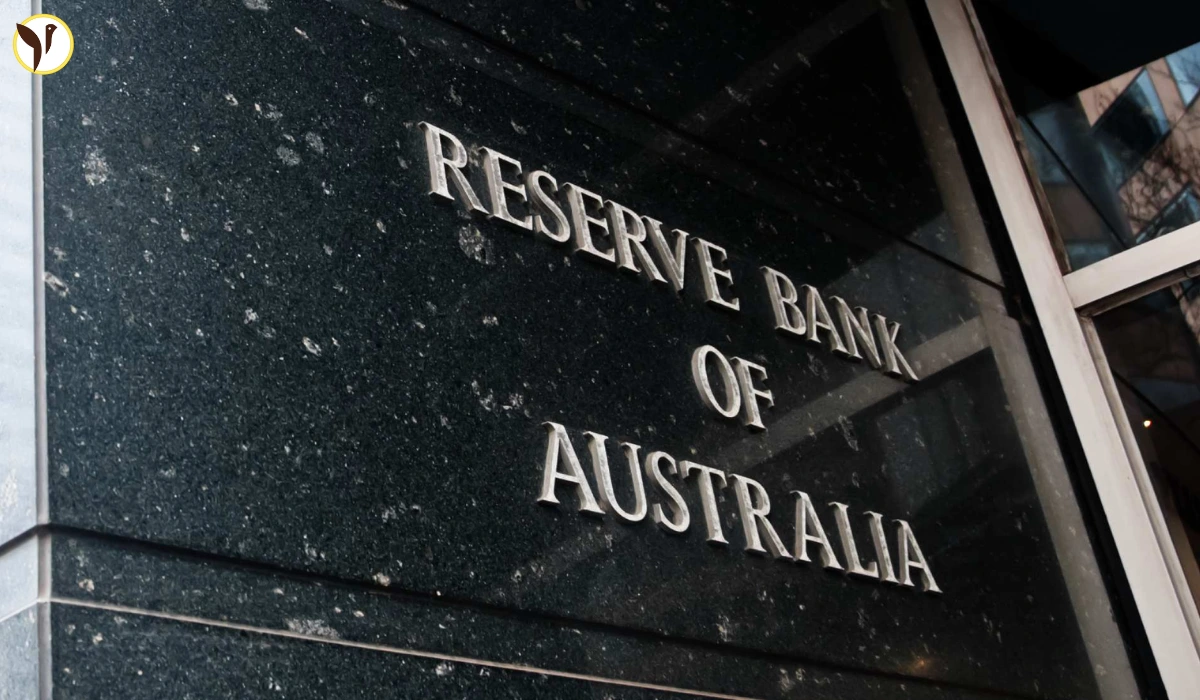RBA Lowers Interest Rates to Support Australian Economy
The Reserve Bank of Australia (RBA) recently made the decisive decision to lower interest rates. This reflects strategic efforts to support the Australian economy through the development of global uncertainty and the development of domestic inflation dynamics. This step, which is similarly expected by economists and market observers, aims to drive economic growth by becoming more affordable for consumers and businesses. At the heart of the RBA's decision is the challenge of supplementing inflation control and the need to promote costs and investment to maintain growth. Australia's inflation is a sign of cooling, but it is a central issue for the RBA as inflation can undermine economic stability. Thus, the benefits of profit represent a carefully adapted response to introduce dynamics into the economy without putting excessive inflationary pressure on it.
Global Trade Tensions and Economic Uncertainty
The uncertainty about the ongoing trade voltage, particularly the tariffs raised between the Trump government, continues to strain the Australian economy by creating trade flows and supply chain volatility. These geopolitical risks contribute to the cautious mood of investors and businesses, making economic outlook difficult. In this context, the RBA's decision to reduce the official cash set sends a clear signal that it is willing to use the installation of money to support the economy of external shocks and domestic demand.
Impact on Homeowners and Real Estate Market
For homeowners, especially those with adjustable mortgages, cash cuts are expected to drop to monthly repayments that could increase their budget budget and increase their income. This is especially advantageous for buyers at Ridge Home. Ridge Homes is more accessible and affordable and helps to promote activity in the real estate market. The real estate sector, an important part of the Australian economy, benefits from increased buyer confidence and increased transaction volume. This could have a positive effect on related industries such as construction and real estate services.
Benefits for Businesses and Economic Growth
Reducing loan costs reduces the financial burden on companies that manage their operating capital, expand, invest in new technology, or manage their financial capital. This environment can promote higher business trust and encourage businesses to hire more workers and improve productivity. This is essentially important for sustainable economic growth. In sectors such as manufacturing, retail and capital investment decisions, this reduction is sensitive to fluctuations in interest.
Consumer and Business Response is Crucial
However, the success of this adaptation of monetary policy depends on how consumers and businesses respond. If households are cautious and decide not to spend in exchange for expenses, or if companies are restricting their investments due to ongoing global uncertainty, the stimulating effect of a reduced installment could be limited. Consumer trust, influenced by factors such as security, wage growth and general economic optimism, plays an important role in determining the impact of low interest rates.
Monitoring Inflation and Economic Risks
Low interest rates help increase demand. Therefore, inflation needs to be monitored carefully, but if it is not properly managed there is also the risk of economic overheating. Australia's inflation trends are now showing moderation and giving pilots the location of the RBA, but banks are cautious in pursuit of changes that may require political adjustments. International trade tensions, raw material prices and geopolitical landscape development can contribute to economic volatility and rapidly change the growth outlook. Therefore, RBA interest rates are not only a response to current conditions, but also a precaution aimed at guiding the economy against future shocks.
Importance of Monetary Policy in a Globalized Economy
This future approach is very important for a globalized economy, where domestic outcomes are increasingly related to external factors. This is especially important for sectors that rely on international trade, such as mining and agriculture, as Australian goods become more attractive overseas. Furthermore, lower interest rates can increase the stock market by reducing capital costs and promoting investment. This guideline train is expected to reduce the costs of mortgage repayments and corporate financing, reducing demand that could stimulate demand in various sectors.
Conclusion: A Cautious but Hopeful Outlook
However, general effectiveness depends on how consumers and businesses respond under ongoing global risks. The RBA's cautious but aggressive approach highlights the challenges that central banks are up to date as they navigate the economic cycle. For Australians, this interest rate cut offers great easing and hope for economic growth, but also shows the need for ongoing vigilance as the country's economic situation develops in the middle of a complex global challenge. Monitoring future RBA decisions is key to understanding inflation, employment and growth courses in the Australian economy.









